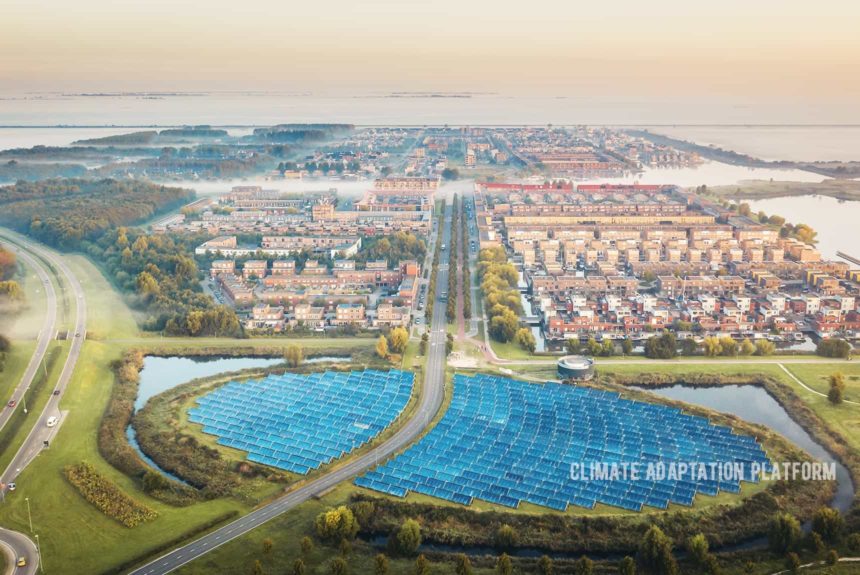The newest city in the Netherlands provides a glimpse of what future cities could look like. What was just water has become the world’s largest artificial island of 1,000 square kilometres.
This reclaimed area to the west of Amsterdam across IJmeer lake is where Almere city sits. The city is now home to more than 200,000 residents.
The main reason for creating the city is to alleviate the crowding of two nearby cities, Amsterdam and Utrecht.
But Almere is not just any other urban area. It allowed its residents freedom to design their own houses and what their infrastructure and amenities would look like.
Something that doesn’t usually happen when planning a new city is giving the residents the freedom to express the concept of “design for living.” The area has become a blank canvass for many Dutch architects and self-builders.
As a result, the city gave rise to distinct and thematic neighbourhoods, providing an avenue for urban innovation and personalised expression.
The BBC article, “The Dutch city testing the future of urban life“, features Almere’s unique architecture and how the city is designed around the water and nature.
Flevoland, the christened name for the artificial island, was created towards the end of the 1960s. Its first residents came in the late 1970s. In 1984, Almere – the name taken from the early medieval Dutch world for the inland sea, was established as a municipality.
For its designers, one thing is clear; the city would not become “high-rise, anonymous, monotonous,” a popular post-war urban design during that time. Instead, they looked to England’s new garden cities – Letchworth and Welwyn for inspiration.
“The ideals of Garden Cities include an abundance of living space, up-to-date housing designs, schools, and health care centres integral to neighbourhoods, good public transport, and short distances between living areas and green surroundings.”
But an approach was mocked by some Dutch planners, who at the time followed the modern high-rise city living design and called this concept “new foolishness.”
Part of Almere’s appeal is that it was not designed exclusively for those with money to build unique structures. For instance, the Almere Poort district features low-cost housing.
But low cost does not mean poor quality living when you incorporate nature and the area’s lovely beaches, which has elevated homeowners’ quality of living.
There are exciting neighbourhoods like the Homeruskwartier with 1500 individually designed homes by its owners, “set within tree-lined boulevards, parkland and waterways, accompanied by local schools, markets, and community facilities.”
The Regenboogbuurt or Rainbow neighbourhood features a “kaleidoscope colours rule – tall curvy yellow houses butt up against aquamarine semis and bright red residential towers (the Rode Donders), which reference grain silos once typical of Dutch agricultural landscapes.”
The De Fantasie (The Fantasy) neighbourhood, as the name suggests, features “eye-popping” architectural designs like geometrically shaped houses and dwellings that cleverly combines various building materials such as glass, mahogany, and aluminium.
What makes Almere such a unique city and a key to its success is that it allowed residents a chance to make their vision a reality, which today has become a template for innovative urban planning.
As the world faces a climate crisis, Almere’s focus on innovative architecture, sustainability, and social enrichment boosts the city’s resilience and helps them adapt to climate change impacts.
To know more about Almere City, click the link provided in the “Source” below.
Source:
Miller, N. (2022, April 5). The Dutch city testing the future of urban life. BBC. Retrieved from https://www.bbc.com/future/article/20220404-the-dutch-city-experimenting-with-the-future-of-urban-life?ocid=ww.social.link.email



Leave a Reply